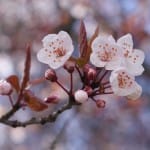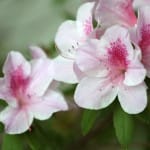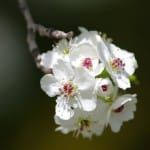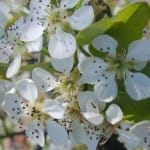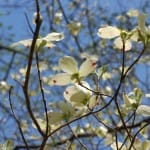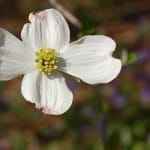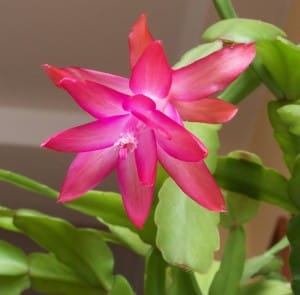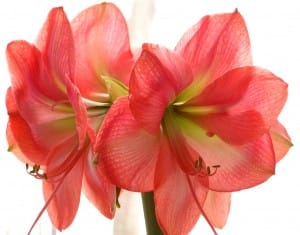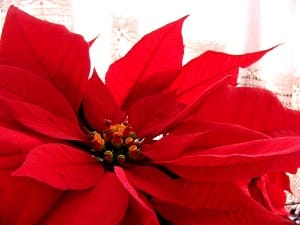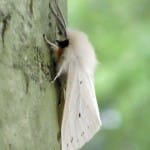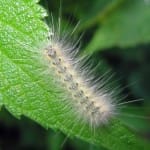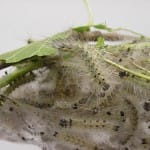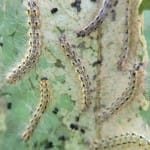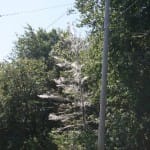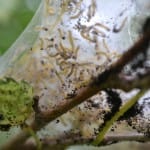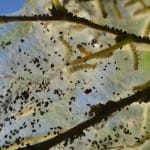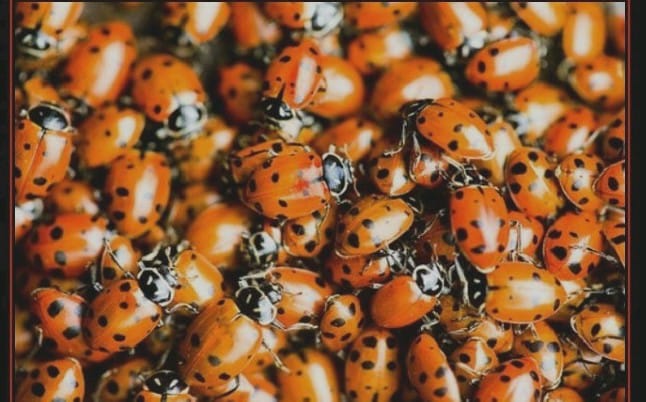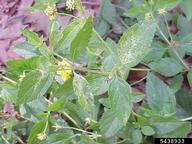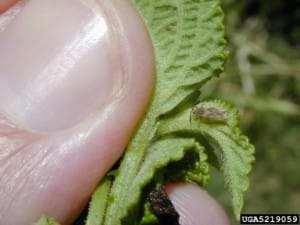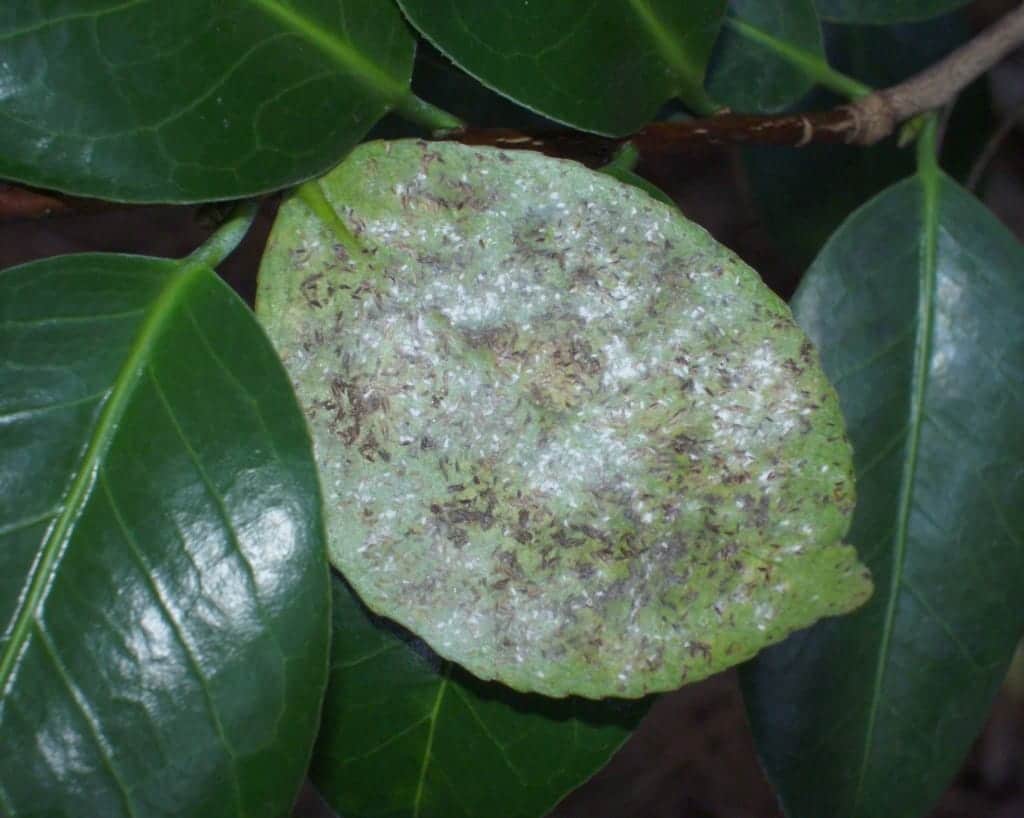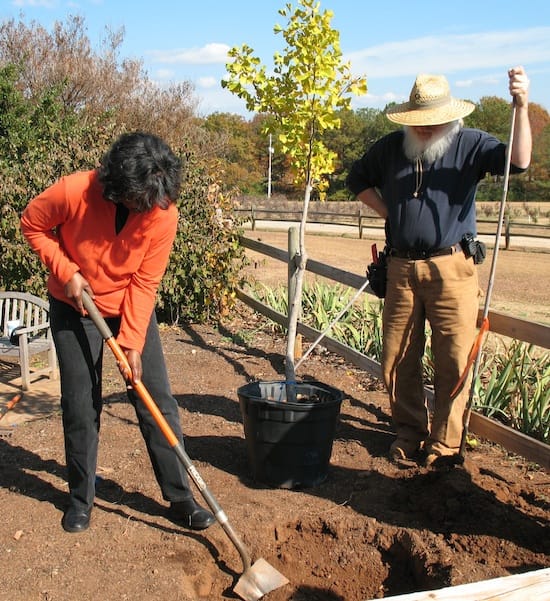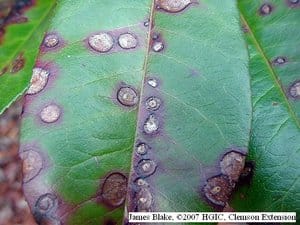Source(s): Willie O Chance
Many Georgia gardeners look forward to the colorful blossoms of spring-flowering bulbs. The yellows, reds and lavenders are a promise of summer’s coming. Although bulbs are usually planted outdoors, you can grow many types indoors. With a little bit of care and patience, spring-flowering bulbs like crocus, hyacinths, narcissus and tulips can easily be forced to bloom inside.
Forcing bulbs simply means manipulating the light, humidity, and temperature conditions such that bulbs believe spring has arrived and it is time to bloom. Most spring-flowering bulbs need a period of cool temperatures before blooming. During this time the bulb grows roots and forms flower shoots inside the bulb. Proper watering and good drainage are also essential for good growth. Not all bulbs are created equally when it comes to force blooming. Narcissus and hyacinths are easiest to force but you can also try tulips, crocus, daffodils, muscari and others.
Selecting Bulbs and Containers
When selecting bulbs for indoor forcing, bigger is better. Larger bulbs have more stored food which means a greater chance of success. Bulbs should be firm, large and healthy looking. Pick bulbs that show no signs of withering, disease, mold or insect damage.
The best containers for bulb forcing are ‘bulb pans’. These are shallow, wide clay pots that provide excellent drainage and lots of room for bulbs. However, any clay or plastic container with drainage holes will work. Wash reused pots with a dilute bleach solution (one part bleach, nine parts water) before planting into them.
The best soil for growing bulbs is a loose, friable, well-drained loam. It is best to use a sterile, artificial soil mix with a high percentage of vermiculite. Avoid using soil from your garden, as it is often full of weeds and diseases. Soak clay pots for 24 hours before using. Place one inch of gravel in the bottom of the pot and add some soil. Arrange bulbs so they are almost touching. Cover bulbs and firm the soil around them.
Most bulbs are covered by ½ inch of soil except for hyacinths which may protrude slightly above the soil line. Water to settle the soil. Keep the soil moist but not wet or soggy as bulbs will rot if kept too wet.
Store containers with bulbs in a dark place at 40o to 50o F for 10 to 12 weeks – a little longer for tulips (15 weeks). The best location is probably an old refrigerator that does not cool well. Bulbs can be chilled in any refrigerator, but must not freeze.
Flowering
Bulbs should be well rooted after the cooling period. Roots may have grown out the drainage holes with shoots appearing above the soil line. Rooted bulbs are kept in a dimly lit, cool (50o – 60oF) room for about 10 – 14 days. Then move pots into a well-lit room of about 50o – 60oF. Water regularly and keep pots from drafts and heaters. Time to bloom will vary with variety but they should bud within 4 to 6 weeks. Flowers will last longer if kept cool. After bloom you may transfer bulbs to the garden or discard since forced bulbs seldom bloom well again.
Various bulbs will respond differently to forcing. You might try planting several types of bulbs and note the results. If at first you do not succeed, try again. Planning, patience and experience will help you succeed at forcing flowering bulbs and bringing spring inside during dreary winter days.
Center Publication Number: 238
